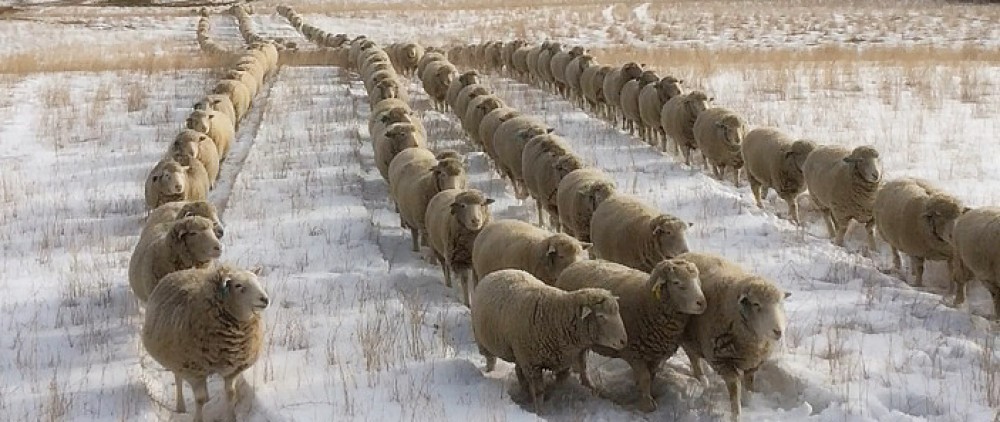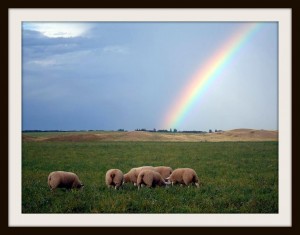Introduction To Texel Sheep
Description – The Texel is a meat based sheep with an early mating period and excellent slaughter qualities. They are heavily muscled, producing very lean meat with a high carcass yield and less overall fat. They are docile, the ewes are great mothers, and the lambs are very vigorous at birth. Mature rams weigh approximately 200 lbs while mature ewes should weigh between 150 and175 lbs.
Origin – Texel sheep originated on the Isle of Texel, off the coast of the Netherlands about 200 years ago. Some limited crossbreeding with British imports, particularly Leicester Longwool and Lincoln further developed the breed. A standard for the Texel was gradually established through local shows held on the Island. The emphasis was on creating a sheep that would produce heavily muscled lambs with a superior eating quality lean meat.
During the early 20th century, Texel sheep were imported into France. In the 1970’s they were imported into the United Kingdom, where it is now the dominant terminal sire. The first Texels were imported into the United States in 1985, and into Canada in 1989 where they are becoming increasingly popular.
Characteristics- The Texel sheep today is a white-faced breed with no wool on the legs or head. The breed is characterized by a distinctive wide, short face with a black nose and widely placed short ears with a nearly horizontal carriage. They have black hooves and the wool is of medium grade with no black fibers. Mature animals shear fleece weights of 7.5-12 lbs. A Texel ewe is a hardy, low maintenance sheep that is easy to handle.
Lamb Production - The Texel’s excellent milk yield ensures good lamb growth with lamb growth rates of around .75-1 lb per day. They are quick to finish, reaching 80-100 lbs in 3 to 3.5 months. Research has shown that Texel-sired lambs have a 3-5% higher yielding carcass and a 6-10% advantage in loin eye area compared to other cross lambs. Also, Texel-sired lambs have one full leg muscle score higher, with less total carcass fat. In the same trial, Texel-sired lambs excelled in feed conversion, requiring 15lbs less feed than other cross lambs to produce 60lbs of gain.
Ewes first come into season at about seven months and then have an annual breeding season of about 5 months. They are generally excellent mothers, producing a good litter size.
Advantages - One of the advantages of the Texel, compared to other breeds, is their characteristic to develop only a minor fat covering over the body. Therefore, the slaughter Texel lamb can be sold over a longer period without loss of carcass quality. Another advantage of the Texel, is that the well muscled and lean rams transfer their characteristics into their crossbred offspring. This is the main reason that Texel rams are often used in cross breeding programs as terminal sires.
Standard of Excellence for Texel Sheep
Head: Covered with white hair, wide, flat topped and free of wool. Nose should be straight, black and wide.
Ears: Medium sized, slightly erect and relatively thick and hairy. Some spots are tolerated.
Neck: Short set, blending smoothly into shoulders and free of wrinkles.
Shoulders: Broad and deep, with a forward placed breast bone leading into a wide, deep chest. Should blend smoothly into the body.
Back: Straight, wide, long and well muscled.
Hind Quarters: Large, full and well muscled down the hock.
Rump: Wide, level and square with a high tail attachment.
Legs: Strong, wide and squarely attached with white hair and no wool.
Feet: Pasterns should be well set up and straight. The hooves are black.
Wool: White with a fine crimp and closely set with no superfluous lanolin. No black fibres.









